Resources and landmarks that protect the history of Martial Law
In the last few decades, many individuals—historians, educators, artists, writers, filmmakers, social and cultural workers, researchers, advocates, and more—have banded together to fight against the distortion and revision of Philippine history. Through documenting the truth of the atrocities during the Marcos dictatorship as well as commemorating the heroes and survivors’ history of struggle, these efforts protect the history of Martial Law.
Visit, learn from, and support the wealth of sites and projects that keep the flame burning.
Online resources, projects, and museums that chronicle Martial Law history:
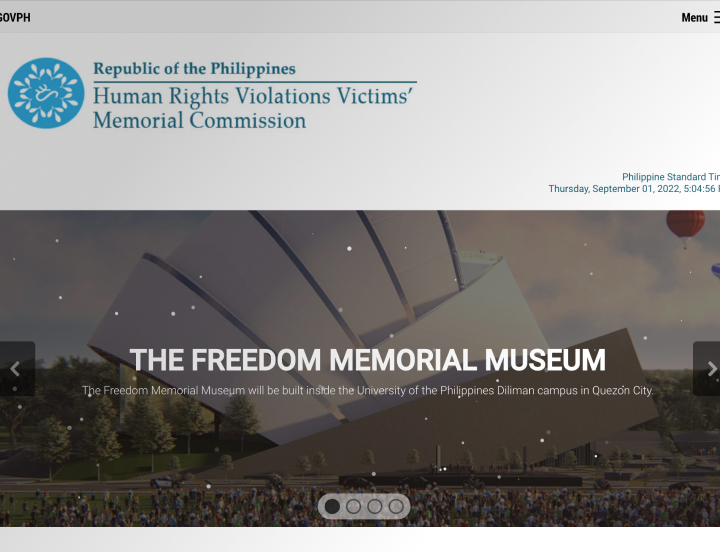
Human Rights Violations Victims’ Memorial Commission
The Human Rights Violations Victims’ Memorial Commission (HRVVMC) was created by the Human Rights Victims Reparation and Recognition Act of 2013 (RA 10368) to establish, restore, preserve and conserve a Memorial Museum, Library, Archive and Compendium in honor of the human rights violation victims during the Marcos regime. VIsit their website to learn more about the upcoming Freedom Memorial Museum or have a look at the Roll of Victims. Follow their Facebook for stories about Martial Law victims and infographics about RA 10368.
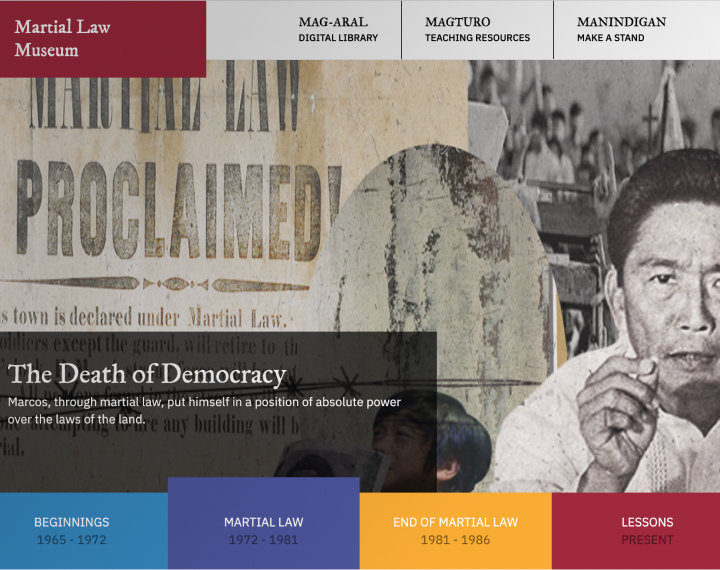
Martial Law Museum
The Martial Law Museum aims to be a comprehensive online learning resource for educators to teach human rights, freedom, democracy, and engaged citizenship to Filipino students. It provides ideas and materials to use as tools for factual and engaging storytelling in the classroom. Visit this site for a digital library, teaching resources, or features on how to take a stand.
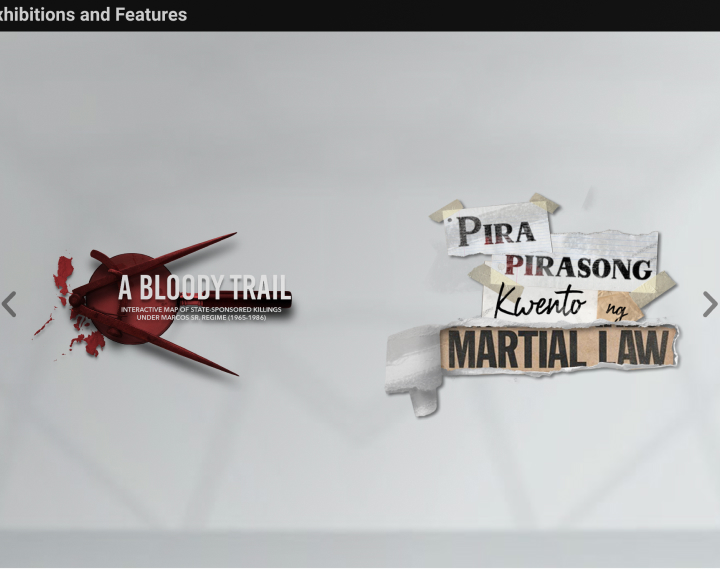
Digital Museum of Martial Law in The Philippines
The Digital Museum of Martial Law in The Philippines is a virtual and living memorial to the era of Martial Law, as well as a platform to provoke and invoke critical reflection. Visit this site for online youth-led or cultural art exhibits related to Martial Law, a videotheque, and a library. You can also submit your own proposal for a Martial Law-related project.
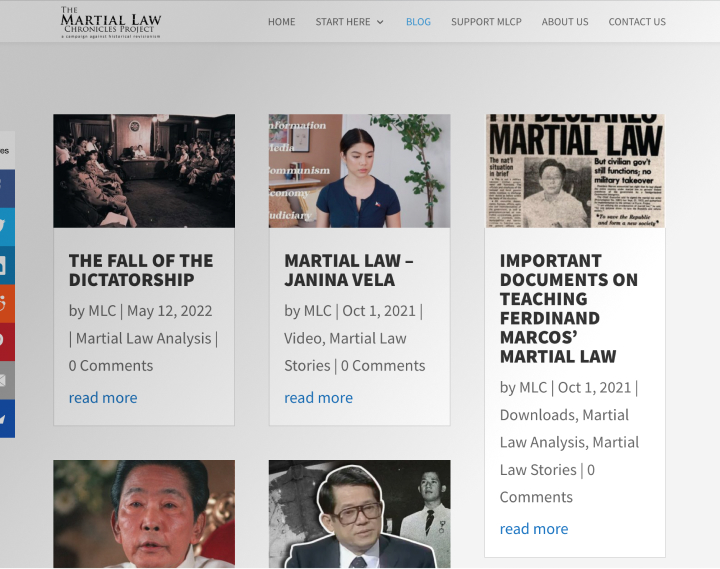
The Martial Law Chronicles Project
The Martial Law Chronicles Project is an undertaking against historical revisionism. Through education and advocacy, it aspires to continue the legacy of the brave who demand justice and keep the fire of courage burning. Visit this site for a comprehensive compilation of materials on Martial Law–go through the period from the beginning to the end, or learn about the life, culture, and lessons in those dark days.
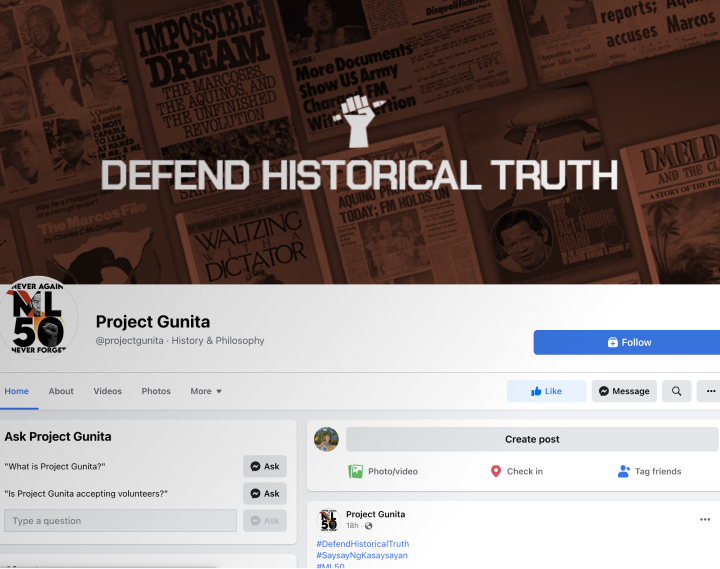
Podcast 1081: Kuwentong Martial Law
In this podcast, hosts Erwin and Mariah invite Filipinos to share their stories, experiences, lessons, and small sparks of inspiration during the darkest days in Philippine History. Listen to it on Podcast Network Asia and streaming platforms like Spotify.
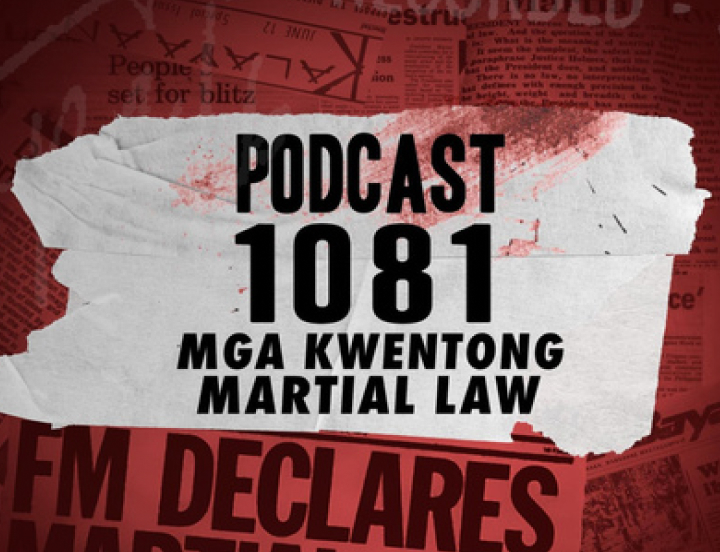
Project Gunita
Project Gunita is a network of volunteers, civil society organizations, and other Filipinos who are committed in the defense of historical truth.

Campaign Against the Return of the Marcoses and Martial Law
The Campaign Against the Return of the Marcoses and Martial Law (CARMMA) is a campaign network encompassing martial law victims, civil libertarians, peace & freedom advocates and human rights groups.
Organizations and places that commemorate and document Martial Law history:

Task Force Detainees of the Philippines
Task Force Detainees of the Philippines (TFDP) is a national human rights organization advocating justice for victims of human rights violations. Initially working with political prisoners in Manila, the organization eventually began assisting victims of other civil and political rights violations. TFDP documents human rights violations, assists victims in their material and legal needs, and campaigns against human rights abuse.
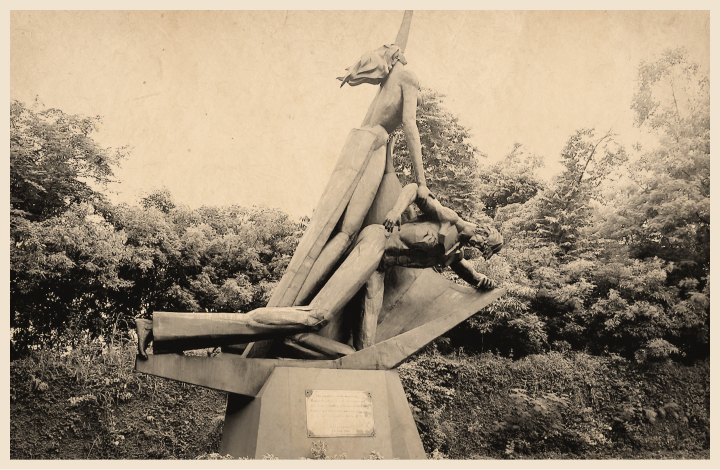
Bantayog ng Mga Bayani
Bantayog ng mga Bayani, meaning "monument of heroes", is a site that honors the Filipinos who fought to topple the Marcos dictatorship. A wall of remembrance surrounds its open amphitheater, inscribed with the names of heroes and martyrs. Behind the wall of remembrance, the iconic 35-foot sculpture entitled Inang Bayan by Eduardo Castrillo stands tall. Next to the amphitheatre is a two-storey building that houses a library, archives, galleries that chronicle the history of Martial Law and the different sectors that fought against the Marcos dictatorship, and a small theater.
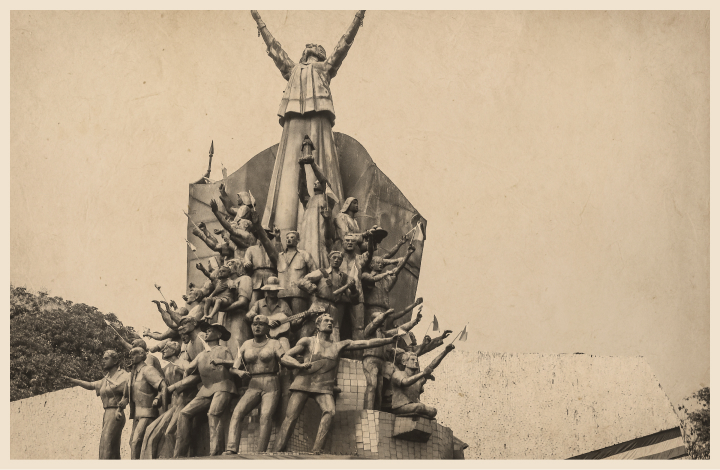
EDSA People Power Monument
Standing tall to remind Filipinos of the victory that happened on the very grounds of EDSA, the People Power Monument designed by Eduardo Castrillo commemorates the 1986 People Power Revolution.
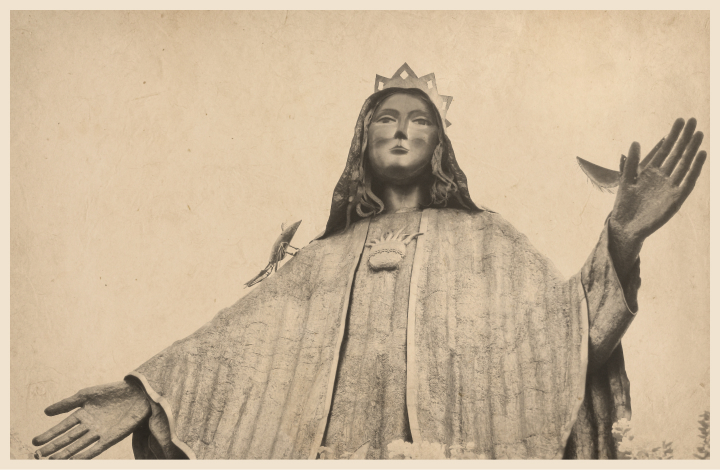
EDSA Shrine, also known as the Shrine of Mary, Queen of Peace, Our Lady of EDSA
The EDSA Shrine is a historical church that memorializes the People Power Revolution of 1986. Designed by architect Francisco Mañosa with preparatory work from National Artist Architect Leandro Locsin and Architect William Coscolluela, visitors can visit the Church to hear mass or look at artworks on freedom and peace.
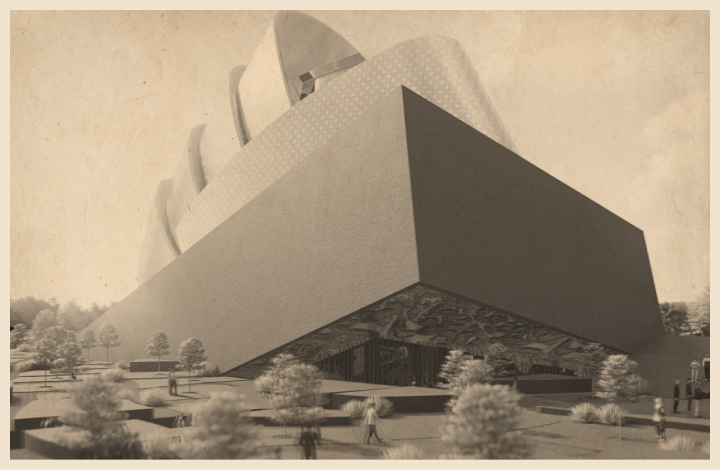
Freedom Memorial Museum
As the flagship project of the Human Rights Violations Victims’ Memorial Commission, the upcoming Freedom Memorial Museum will honor those who fought for freedom, democracy, and human rights during Martial Law. It is set to rise at the University of the Philippines Diliman campus.
Never Forget
Get to know the survivors and heroes of Martial Law featured in 11,103 and watch select cuts from the documentary.
